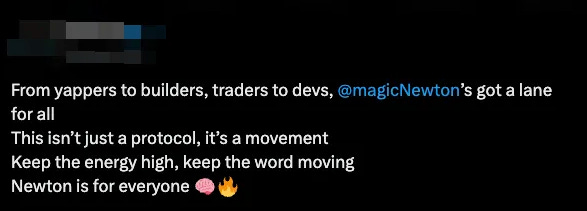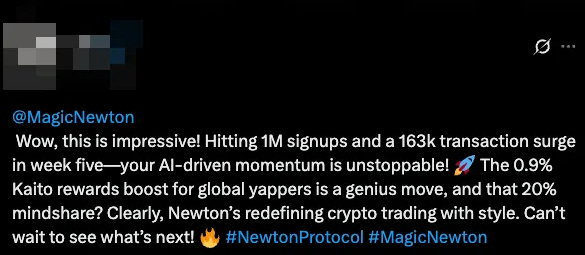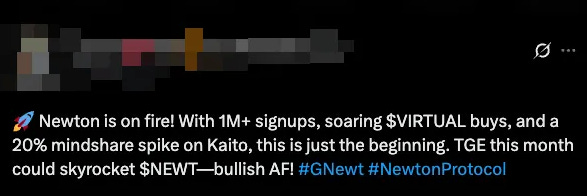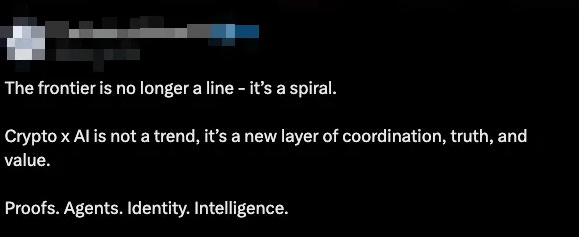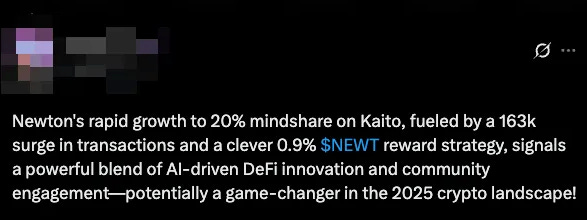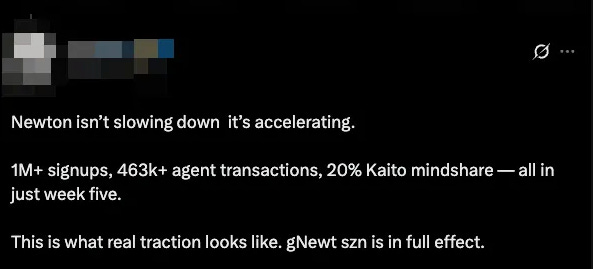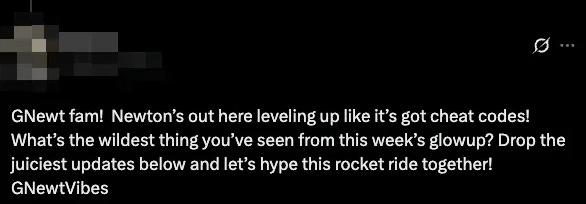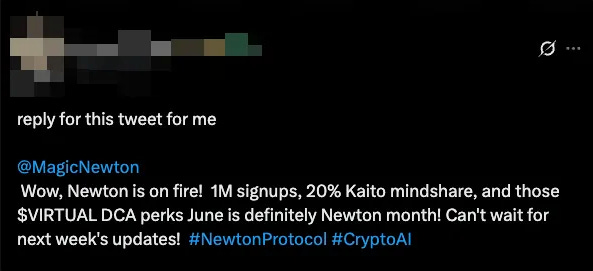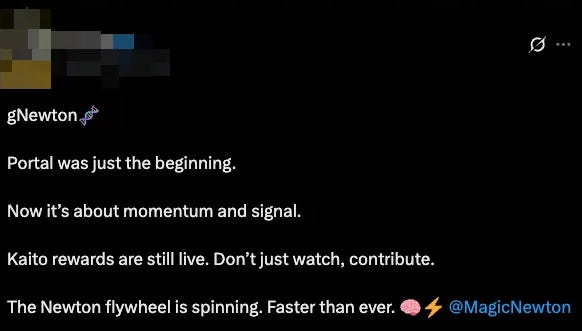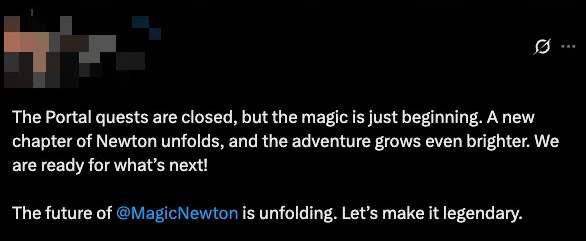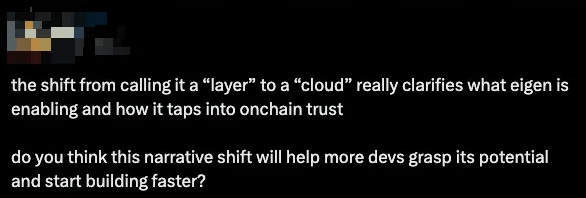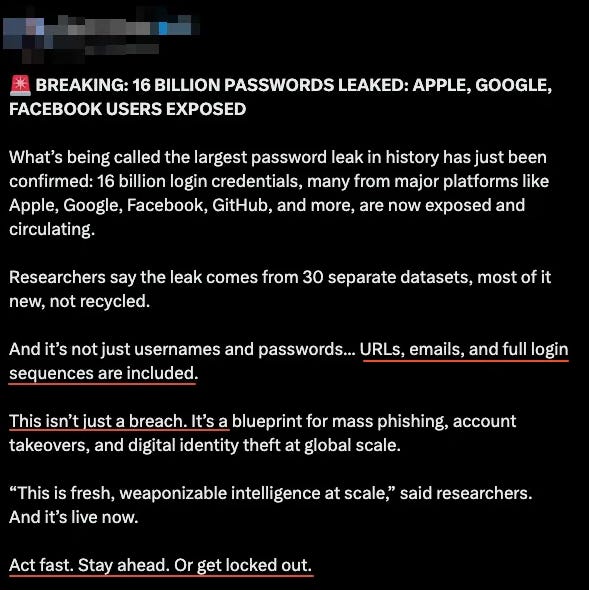Get rid of AI slop in 2 minutes (know who to mute now)
Ever feel like everyone’s saying the same thing on the timeline lately?
The barrier to entry for creating content has gone to zero.
This has brought so much noise to the timeline and I’ve muted tons of accounts to get rid of posts with zero originality.
I’ve used ChatGPT every day for work, and now I can’t unsee its writing patterns on Twitter. Here are the main traits (with examples) so you know who to mute:
Learn what noise is to mute it
Here’s the easiest way to spot AI-generated content:
Go to any project with a pre-TGE Yapper leaderboard, and look at any of their posts.
I chose Magic Newton, but there are many options available.
Scrolling through the comments will help you spot different traits like the ones listed below:
Isn’t X, it’s Y
A standard template that ChatGPT loves. It’s something that humans could write too, but it appears too frequently now.
Tons of emojis and hashtags
If you ask ChatGPT to write a tweet without any context, it usually returns with emojis and hashtags.
And it’s a greater indicator if combined with the one below:
Overly positive
The whole vibe of the tweet is about hyping up the project, then it’s likely AI generated.
Listing out X, Y, and Z
Another ChatGPT favourite is listing out 3 adjectives or terms.
While the Rule of Three is a common guideline for writing, ChatGPT takes it to the extreme.
Super. Short. Sentences.
ChatGPT has this tendency to talk in repetitive, snappy sentences.
This usually happens when the prompt involves writing a concise tweet.
Emdash (long hyphen)
ChatGPT has made emdashes popular again, though some accounts use it in their natural writing.
Using an emdash alone doesn’t instantly mean you’re using AI.
But it’s a red flag when combined with other indicators listed here.
Overly cringe
The easiest way to tell if anything is AI generated is to read it out loud. If it feels way too cringe when saying it, it’s probably AI that wrote it.
Baiting engagement with a question
ChatGPT is used to write replies to other posts. We’re all taught that being a reply guy helps us to grow an account.
ChatGPT usually includes a question at the end to bait the OP into replying.
But it’s unlikely that these accounts would reply such comments.
Uses metaphors
Metaphors are another way of replying to posts and making it more relatable, but those generated by AI are usually cringe
Cut out the noise
Having 1 or 2 elements doesn’t immediately condemn your piece as being AI-generated.
But if you have a few of them within the same post:
It’s a big indicator that AI generated it for you.
So this gives you more reasons to mute these accounts that don’t contribute much.
Once you see these patterns, it’s so easy to identify which accounts (including brand accounts) are using AI for their content.
Though it’s not necessarily a bad thing, it displays the laziness of the account:
They outsourced everything (including generating ideas) to AI, so it’s not worth reading their content at all (since everything can be easily replicated).
It’s still worth using AI (but in the right way)
But this doesn’t mean that we should completely avoid using AI to write our tweets either.
AI outputs are only as good as the initial prompt.
If you ask AI to write a tweet on a certain topic:
These are usually the outputs you get.
Adding more context or giving AI more examples of your writing style can help to give you more specialised tweets.
AI helps us scale our ideas, but the ideas need to be uniquely us.
So focus on coming up with authentic ideas first before asking ChatGPT to generate anything for you.
I’ll be sharing more about the value framework I’m using to create content on Twitter, so stay tuned.
Whenever you’re ready, there are 2 ways I can help you:
Audience to Airdrop: Steal my playbook to build trust fast and earn social airdrops
Secure Airdrop Hunter: My flagship Web3 security course, learn how to protect your assets and onchain footprint while stopping hackers from draining your funds





